In November, a delegation from Palo Alto's Ventura neighborhood attended a Parks and Recreation Commission meeting to lobby for the acquisition of a vacant 0.6-acre property owned by AT&T and located next to Boulware Park.
"It's all overgrown and not used except by sometimes vagrants as a toilet, which is not very pleasant," resident Angela de La Porta said of the lot.
Jonathan Brown, who chairs his neighborhood group's parks committee, stressed that the 1.5-acre, triangular Boulware Park is the "only park in our very large, populous and diverse neighborhood."
The time to act, he said, is now.
"The community stands ready to help in any way necessary including with time, negotiations and funding," Brown said.
While the lot at 3350 Birch St. isn't on the market now, the fact that it's zoned for a "public facility" makes it particularly suitable for new park space. Rob de Geus, director of the city's Community Services Department, noted the neighborhood is densely populated and, as such, the city views acquisition of the site as a "potential opportunity" to expand Boulware.
The residents' thirst for more parkland isn't hard to understand. According to the city's new Parks, Trails, Natural Open Space and Recreation Master Plan, there are several areas of the city -- in both the north and the south -- where park space is inadequate for the needs of its residents.
Overall, the city's current 174 acres of urban parkland translate to about 2.6 acres per 1,000 residents (this does not, however, take into account the city's roughly 4,000 acres of open space preserves). The new plan calls for achieving a standard of having 4 acres of park per 1,000 residents, a policy that was praised by City Council members Karen Holman and Tom DuBois during a recent discussion of the master plan.
To get there, the city will need to add at least 20 acres of urban parkland by 2030, depending on which population projections one uses. The city's current population of 66,800 is expected to increase to 72,286 by 2030, if the city retains its existing land-use policies, or to 77,100 under a forecast by the Association of Bay Area Governments.
The master plan recommends establishing a system in the city's real estate office that "identifies land being sold and reviews it for park potential, prioritizing review of land within park search areas"; creating long-term agreements for public parks with community organizations and institutions that own land; monitoring small properties adjacent to parks to allow for park expansion; and acquiring and developing "a new neighborhood park in each search area, starting with the most underserved areas and targeting a central and well-connected location to maximize access."
Five "park search areas" -- neighborhoods where residents don't have access to parks or open spaces within a quarter mile of their homes -- are identified in the master plan. Those five areas are in Crescent Park, Duveneck/St. Francis, Midtown/Palo Verde, Old Palo Alto/Midtown (around the intersection of Oregon Expressway and Middlefield Road) and Barron Park.
If land does not become available, de Geus said the city can do more to spruce up walkways and bikeways to area parks.
In addition to filling the neighborhood gaps, the city also plans to make more substantive additions to its sprawling, green empire: The Parks, Trails, Opens Space and Recreation Master Plan identified three "unique opportunities" to add sizeable properties to its green portfolio. Each is a recreation wildcard, with uses to be determined later.
One is a 7.7-acre site next to Foothills Park that was technically granted to the city by the Lee family in 1981 but remained off City Hall's radar until 2013, when the city received an offer from a would-be buyer. Also in this category is a 10.5-acre site near the Baylands Athletic Center, an area that will soon become available for redevelopment thanks to the reconfiguration of the Palo Alto Municipal Golf Course.
Finally, there is Cubberley Community Center, which is jointly owned by the city and the school district and which is about to undergo its own master planning process.
Related content:
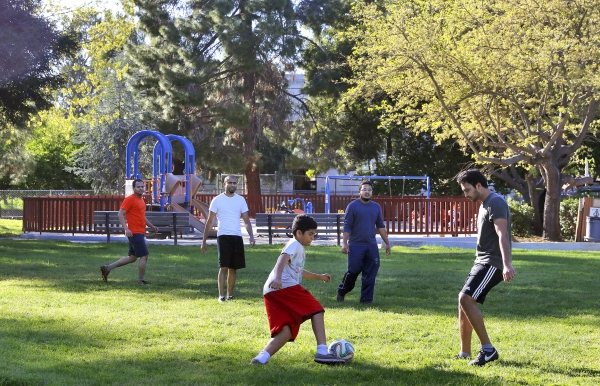
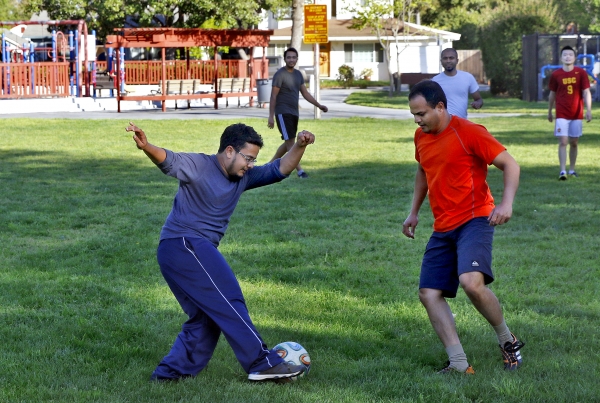
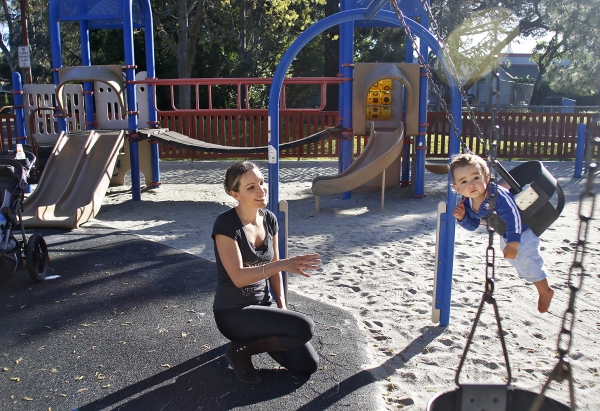
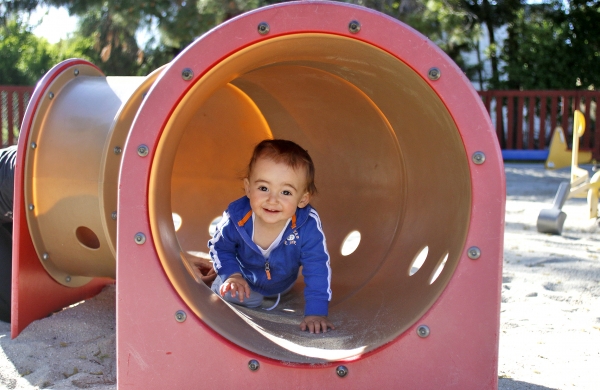
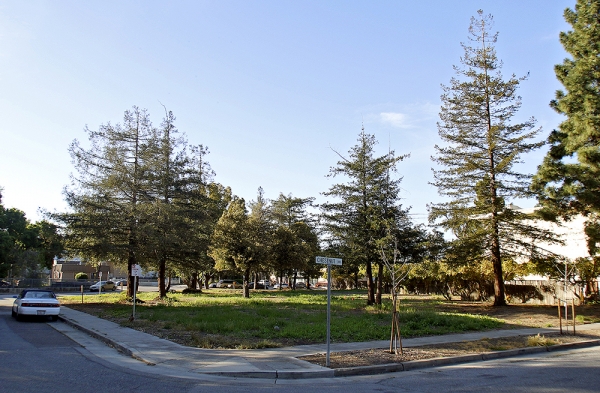


Comments
Ventura
on Mar 31, 2017 at 11:02 am
on Mar 31, 2017 at 11:02 am
Acquisition of all or part of the lot at 3350 Birch St. for expansion of Boulware Park should be a priority. The City Council needs to reinforce the Parks & Rec Recommendation to pursue this opportunity by making clear its intent to maintain the Public Facility zoning for this land--a designation specifically reserved for "park uses” absent a conditional use permit under the Municipal Code. The future development of the Fry's site will only exacerbate the lack of parkland in the increasingly dense Ventura Neighborhood. We can make this happen, and the time to act is now.
Ventura
on Apr 2, 2017 at 11:33 am
on Apr 2, 2017 at 11:33 am
Public Facility MUST serve Public Interest -- If property is zoned Public Facility then it is wrong for an investor to buy the property on spec (like the VTA lot at Page Mill and ECR) and lobby for an upzoning to raise the value of the property.
Public money into private hands doesn't have to be the law of Palo Alto. If for any reason, it makes sense to upzone a property, than the new value differential should go into the City coffers and the city should have a share of benefit in perpetuity of the profits based on that benefit to the owners. It just makes sense. There are precedence for lawful investment by the City where the proceeds benefit the City. This is not a radical idea.
Palo Alto is underserved by parkland. This parcel is a perfect piece, already zoned PF and next to a park in a neighborhood that is the least served parkwise and otherwise neighborhood in Palo Alto.
Homeless are encouraged to go to Ventura where law enforcement tends to turn a blind eye.
Venturans are super tolerant, but some of the asks placed upon us strain credulity.
Thank you Gennady and Weekly for caring enough to write about our park.
And thank you Jonathan Brown who proves that one individual can make a difference. He's looking for partners and helpers but he is taking the lead. Obviously Ventura is going to need to raise money to make this possibility a reality. Getting the word out like this article is an important first step in mustering the troops.
Crescent Park
on Apr 2, 2017 at 11:52 am
on Apr 2, 2017 at 11:52 am
[Post removed.]
Another Palo Alto neighborhood
on Apr 2, 2017 at 2:36 pm
on Apr 2, 2017 at 2:36 pm
The City should charge sufficient developer fess to buy parkland for the new residents. New development without new parkland dilutes our parkland, meaning that current residents are effectively giving away some of their parkland to the new developments. Why should I subsidize deep-pocket developers?
Registered user
Downtown North
on Apr 2, 2017 at 6:05 pm
Registered user
on Apr 2, 2017 at 6:05 pm
If we care about access to parks, I would suggest we stop the policy of renting out small parcels of our parks to individuals in the form of "community" garden spots.